Ways to make better teacher evaluation
- Digital forms
- Feedback reports
- Video tools
Delivering a quality education for students starts with the teacher. A teacher’s job usually includes a three-part process: planning lessons, presenting the lessons, and following through to make sure students understand and retain the curriculum.
As with any job, it’s important to assess a teacher’s performance periodically to help them improve in their role and make sure they’re continuously meeting students’ educational needs. Specifically, evaluating teacher performance means assessing their effectiveness in each of the three areas mentioned above to determine:
- Are lessons thoroughly prepared and do they have clear objectives?
- Are lessons presented clearly and in an engaging manner?
- What tools are being used to check for understanding, and what are the outcomes of those assessments?
There are many ways to understand a teacher’s impact on student learning. Below we offer some tools that can help simplify the process and tips on how to put an effective system in place.
Pro Tip
For an insightful look into the future of higher education, explore “8 Top Trends in Higher Education to Watch in 2024” on Jotform’s blog.
Teacher evaluation matters
Each teacher has a unique approach and teaching style — and there’s no such thing as one proven formula for success in the classroom. While personality is an important factor in the teacher-student relationship, personality alone won’t ensure an optimal educational experience. Nor do student test scores and grades tell the full story on their own.
A wide range of factors make a teacher successful in their work, including:
- Formal education and continuing education
- Experience in the classroom and the education sector
- The ability to foster positive interactions with students
- The ability to create a positive classroom environment
- Successfully using homework and assessments to determine student proficiency
- Communication with students, parents, and coworkers
- Integration of various teaching techniques to accommodate the unique needs of each student
- Accommodation of students with disabilities or behavioral challenges
- Integration of cultural diversity in the classroom curriculum
Developing a system to evaluate a teacher’s performance allows you to shine a light on the nuances of what’s happening in the classroom. How a teacher handles student questions, incorporates routines, designs classroom activities, and more are all vital indications of their mastery of the profession. The ultimate purpose of a teacher evaluation system is to assess those nuances, make changes where necessary, and improve the teacher’s effectiveness — because the more effective a teacher is, the more successful their students will be.
Tools for evaluating a teacher’s performance
Most industry experts agree that the current approach to teacher evaluation isn’t working — largely because many evaluation systems are inadequate or overly complicated. Because effective teacher evaluations are critical to ensuring everyone performs at their best and to delivering a quality education, school administrators need to be proactive about implementing new evaluation systems.
Digital tools help evaluators conduct an observation and deliver actionable information to teachers. Here are some tools you can use to make the process easier and more effective:
Digital forms
To ensure equity in evaluations, use a structured system that ensures you assess every teacher using the same process. Digital forms and templates encourage objective reviews and reduce evaluators’ tendency to report subjective opinions. Jotform provides a wide range of templates and forms that are customizable and easy to use — the teacher assessment form template is an excellent place to start.
As an added benefit, Jotform collects your form data automatically in structured tables, making the information easier to analyze.
Feedback reports
One of the most common problems with teacher evaluation systems is that they often don’t provide teachers with actionable and meaningful feedback. Observers should give teachers a report with notes detailing successes as well as specific advice on what and how they can improve. Jotform’s reporting features make it easy to consolidate information from a form into a document to present to each teacher.
Feedback works best when it’s gathered from a variety of sources:
- Feedback from students has been shown to be a major motivating factor for improving teacher performance. You can use a simple student feedback form to conduct these inquiries on an ongoing basis — daily, weekly, or monthly, for example.
- Teachers themselves should regularly reflect on their own successes and failures, and the reasons behind them. Self-evaluations give teachers a sense of ownership over their work product. Choose one of Jotform’s self-evaluation templates — here and here — to help you get this feedback process up and running.
- Feedback from peers — about anything from lesson plans and course materials to teaching methods and classroom management techniques — is also valuable. It encourages a sense of community among teachers and helps them learn from one another. Any of these peer feedback forms can be easily modified to fit your needs.
When feedback from all sources is collected and reviewed, it provides a full picture of a teacher’s impact.
Video tools
Tech platforms make conducting evaluations convenient for both administrators and educators. If evaluators aren’t available to attend every class in person, then the teacher can set up a camera to capture classroom lessons and interactions and submit the videos to evaluators. Administrators can then view the content at their convenience. Additionally, video footage can be helpful for teacher coaching and peer observation.
Each school environment is different, which is why a personalized approach is essential for your evaluation system. These tools provide the foundational elements — you can customize them to match your evaluation system of choice.
Best practices for teacher evaluation
When deciding how to evaluate a teacher’s performance, consider implementing a multifaceted system.
For example, most teacher evaluations involve classroom observation only, but it can also be helpful to integrate a self-reporting element. If you have evaluators complete digital evaluation forms, you can also ask teachers to evaluate themselves in a similar way.
Don’t forget to track student achievement metrics — such as standardized test scores — which provide other points of reference.
Teacher evaluation systems often rely on a predetermined set of indicators. During the process of developing your evaluation forms, be sure to include descriptions of what effective teaching looks like and rating scales for different subcategories, such as
- Content knowledge
- Preparation and lesson planning
- Instructional techniques
- Classroom environment
- Collaboration
- Professional development
To make a teacher evaluation system as effective as possible, administrators need to provide meaningful feedback and coaching.
Teacher evaluation is a critical element in building a successful educational experience for students. It’s important to use research-based models and implement them consistently to positively impact teachers — and the students they teach.































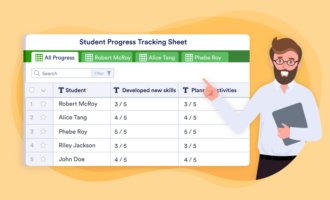






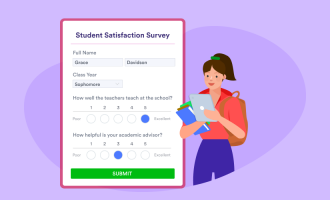





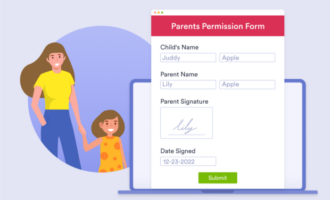










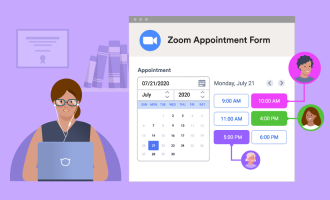




















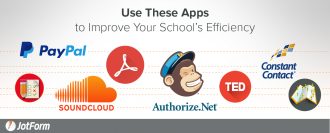










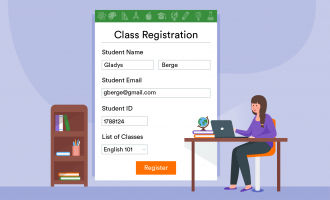















Send Comment:
1 Comments:
More than a year ago
PL.guide how to measure teacher work performance in servant leadership style. Thanks.